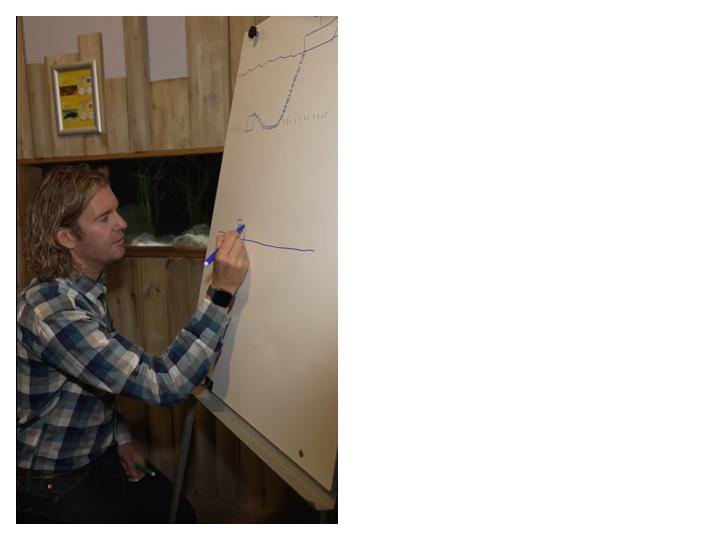
AT

Mooring Invention Protects British Seagrass
Seagrass helps stabilise the sea bottom, helps prevent erosion, diminishes the force of bottom current, helps maintain water quality - acting like a filter, and provides food and habitat for marine life (including seahorses and other threatened species). It's one of the most efficient natural coastal defences along the UK coastline and carbon is absorbed and stored 35% more efficiently by seagrasses than rainforests. In the UK, up to 92% of our seagrass has disappeared in the last century. One major contributor to the decline is boat mooring - the mooring chains drag the bottom and destroy the seagrass. Several organisations are now involved in introducing advanced mooring systems ( which a relatively cheap to install) which prevent mooring chains from dragging the bottom and damaging the sea bed. There are several trials of these systems going on around the coast, alongside the reintroduction of seagrass meadows. The Ocean Conservation Trust, Plymouth Aquarium and the Marine Conservation Society have undertaken successful trials at nearby Cawsands Bay, Plymouth.
Contact Details

Categories
Sacha Dench, Round Britain Climate Challenge, Climate Change, Climate Crisis, COP26, Seagrass, Mooring System, Carbon Fixing, Boat Moring, Seagrass Meadows, Ocean Conservation Trust, Plymouth Aquarium, Marine Conservation Society, Cawsands Bay, Plymouth

